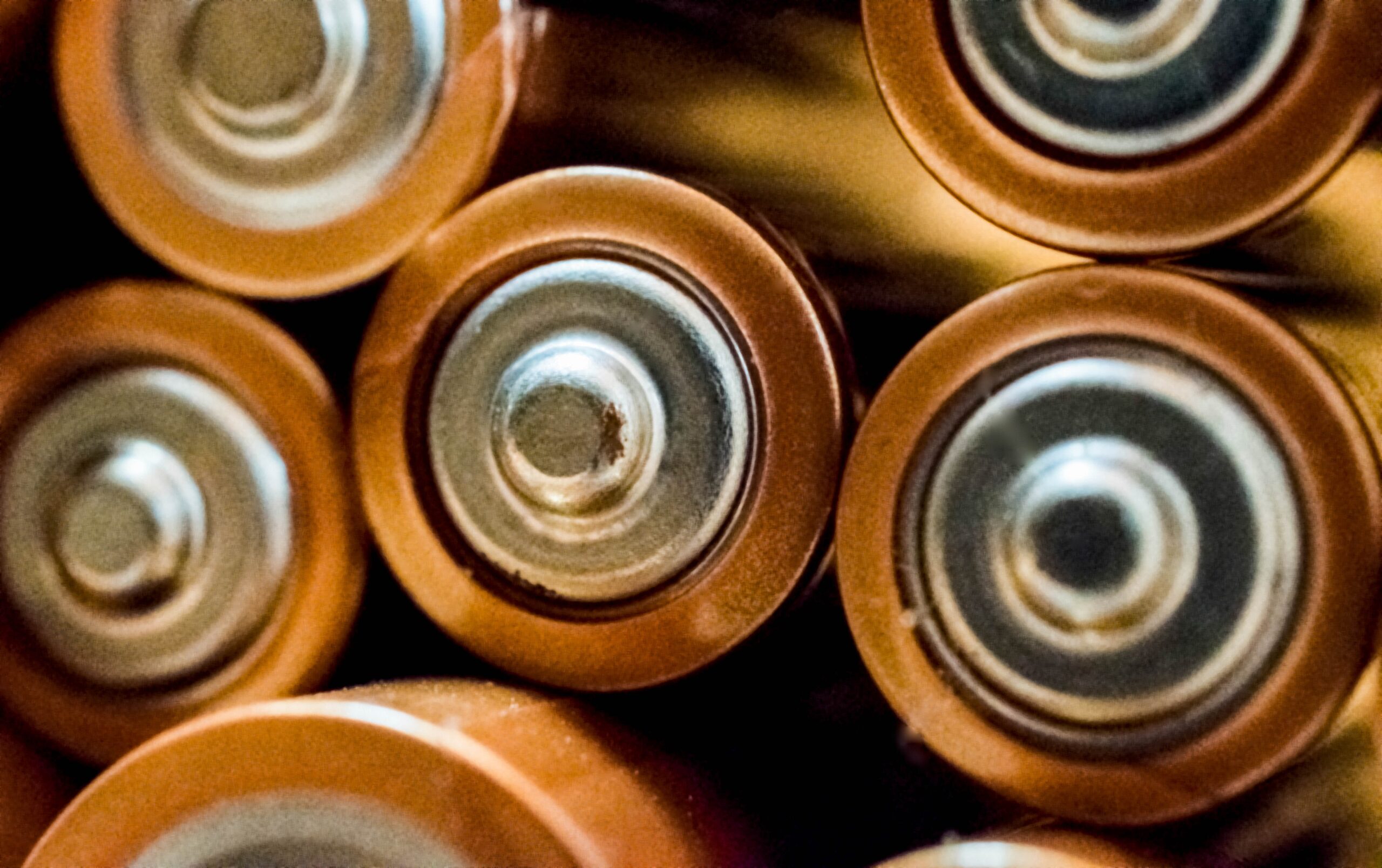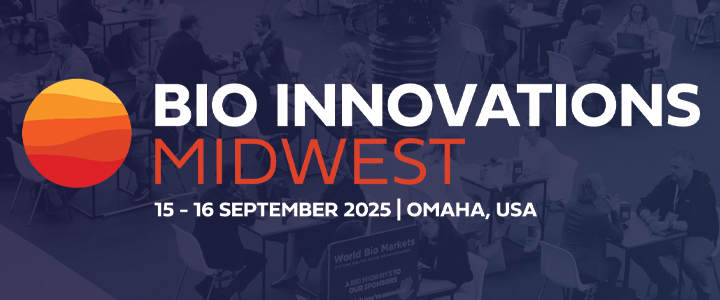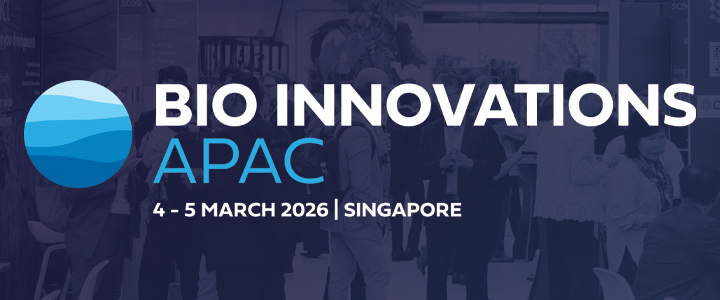Using a biodegradable electrolyte made from the same substance as in crab, shrimp and lobster shells, researchers at the University of Maryland and the University of Houston have developed a sustainable zinc battery. Rechargeable batteries as green energy sources are important allies for reducing reliance on fossil fuels and the emission of greenhouse gases. The use of chitin, a biomaterial, is a sustainable approach for green and efficient energy-storage systems.
The growing global demand for renewable energy and electric vehicles has brought greater need for batteries that can store generated energy and power engines. Nonetheless, such batteries are not always sustainable and can cause environmental and disposal problems, with some components taking centuries to degrade.
As reported in the journal Matter, this new battery is able to store power from large-scale wind and solar farms, using a gel electrolyte made from chitosan, a derivative product of chitin, which can easily be obtained from seafood waste.
Approximately two-thirds of the battery can be degraded by microbes, completely dissolving in soil in less than five months without any treatment, leaving just the metal component, here zinc, which can be recycled. Additionally, zinc is much more abundant on Earth than lithium.
The team examined the performance of the zinc–metal battery with this electrolyte, showing that the cells could operate for 400 hours with an energy efficiency of 99.7% after 1,000 cycles, offering the potential for storing energy generated by wind and solar for transfer to power grids. As well as being biodegradable, the new electrolyte is non-flammable, an important safety factor.
Lead author Liangbing Hu said, “we demonstrate the solution can be found to achieve the high performance and biodegradability of material at the same time… We hope this work can attract the research community’s attention on the biodegradability of materials when developing new materials for batteries”.
“We demonstrate the solution can be found to achieve the high performance and biodegradability of material at the same time… We hope this work can attract the research community’s attention on the biodegradability of materials when developing new materials for batteries” said Hu.







